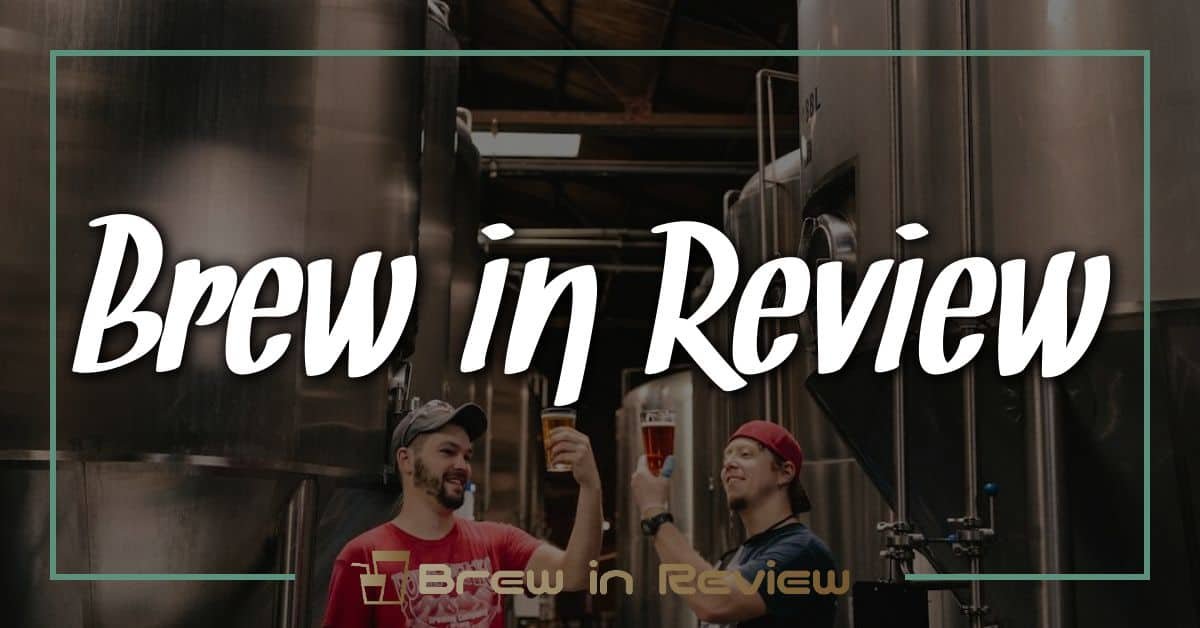When I first started brewing, I was fascinated by the idea of harnessing wild yeast. It’s like inviting nature into my brewing process, but it comes with its own set of challenges. While wild yeast can create unique and complex flavors, it can also lead to unpredictable results that might not always be pleasant.
Exploring the world of wild yeast is a thrilling journey filled with both risks and rewards. From sour ales to funky brews, the potential for creativity is endless. But I’ve learned that understanding how to manage these wild strains is crucial for achieving the perfect balance in my creations. Join me as I dive into the fascinating realm of wild yeast in brewing, where every batch tells a story of nature’s unpredictable artistry.
Overview of Wild Yeast in Brewing
Wild yeast plays a thrilling role in brewing, adding layers of complexity and character to my creations. Unlike cultivated yeast strains, wild yeasts come from natural environments, including air, soil, and even the surfaces of plants. Introducing these strains into my brewing process opens up a world of flavor potential.
Understanding the benefits of wild yeast is crucial in harnessing its power. Wild yeast can create unique profiles, producing aromatic notes ranging from fruity to funky. This unpredictability often leads to exciting discoveries, with each batch offering its own story in flavor. For instance, brewing a sour ale with Brettanomyces can result in a delightful mix of tartness and earthiness, elevating the drinking experience.

Managing wild yeast involves careful attention. While the creativity it brings is captivating, the risks are real. Contamination or undesirable flavors may arise if not controlled properly. It’s essential to sanitize equipment meticulously and monitor fermentation closely to achieve a balanced brew.
Embracing wild yeast can certainly heighten the adventure of brewing. I find that learning from every batch enriches my brewing skills, helping me appreciate the art and science behind each unique pour.
Risks of Wild Yeast
While wild yeast can create exciting flavors, it poses significant risks to home brewers. Proper understanding and management of these risks is crucial for a successful brewing experience.
Contamination Issues
Contamination can occur easily during the brewing process. Wild yeast can mix with cultivated strains, leading to unintended flavors and aromas. Issues arise especially if sanitation practices aren’t rigorous. I always make sure to sanitize equipment, bottles, and any surface that contacts the wort. By controlling the environment, I reduce the likelihood of unwanted microbes affecting the brew.
Impact on Flavor Profiles
Flavors from wild yeast can range dramatically, sometimes resulting in off-flavors that dominate the beer. While some wild strains contribute pleasant complexity, others might introduce harsh, undesirable flavors. For example, certain Brettanomyces strains can lend enjoyable characteristics, while other wild yeasts may cause excessive funkiness. I keep a close eye on fermentation and taste samples periodically to monitor flavor development and ensure balance. Taking notes during these tastings helps me refine my methods and achieve the desired profile.
Rewards of Wild Yeast
Exploring wild yeast in brewing opens up a world of flavors and aromas. I often find that the rewards often outweigh the risks when I experiment with these natural strains.
Unique Flavor Development
Wild yeast contributes to a diverse range of flavors that cultivated yeasts simply can’t replicate. For example, strains like Brettanomyces infuse my brews with complex notes, from fruity esters to earthy funk. Each batch tells a different story, often leading to delightful surprises that keep my brewing adventures exciting. This unpredictability encourages creativity, as I can blend various wild yeasts to create unique flavor profiles that can’t be found in commercially produced beers.
Enhanced Complexity
Complexity in brewing extends beyond simple flavors; wild yeast elevates the overall tasting experience. Many of my favorite sour ales exhibit layers of tartness and depth largely due to the influence of wild strains. I utilize these yeast varieties to craft intricate profiles, where specific tasting notes emerge over time. For instance, a beer might start with fruity undertones that develop into a more robust, oak-like finish as it ages. Each sip reveals something new, making wild yeast brewing a rewarding adventure that continually teaches me about fermentation and flavor dynamics.
Managing Wild Yeast in Brewing
Managing wild yeast effectively ensures that the brewing process remains enjoyable and fruitful. I focus on employing specific techniques to harness its natural beauty while minimizing risks.
Best Practices for Control
- Sanitation: I maintain rigorous sanitation practices. Cleaning every surface, tool, and container with hot water and sanitizer limits contamination. I prioritize equipment cleanliness, especially when switching between wild and cultivated yeast.
- Isolation: I keep wild yeast and cultivated yeast separate. Using dedicated equipment for wild brews helps prevent cross-contamination. I also store wild yeast samples securely to avoid unintentional exposure.
- Temperature Monitoring: I closely monitor fermentation temperatures. Wild yeast strains thrive at varying temperatures, so I maintain a consistent environment to help control fermentation activity. This practice prevents unwanted flavors from developing due to temperature fluctuations.
- Regular Tasting: I sample my brews frequently throughout fermentation. Tasting at different stages helps me gauge the development of flavors. This approach allows me to adjust parameters, such as temperature or time, for optimal results.
- Documentation: I document each step in my brewing process. By keeping detailed notes on wild yeast behavior, environmental conditions, and flavor profiles, I create a reference for future batches. This practice helps me replicate successful brews and avoid previous mistakes.
Techniques for Encouraging Wild Yeast
- Creating a Thriving Environment: I attract wild yeast by exposing my wort to natural air. I let it cool and breathe in a clean, outdoor environment. This exposure encourages wild yeast to settle on the wort.
- Using Natural Ingredients: I incorporate ingredients with natural yeasts, like fruits and herbs, into my recipes. This addition fosters a diverse yeast population, enriching the final flavor. I explore interesting combinations, experimenting with local apples or wildflowers.
- Prioritized Pitching: I pitch wild yeast once fermentation has started with cultivated yeast. This staggered approach allows controlled fermentation while still welcoming contamination later. It’s crucial due to the unpredictable nature of wild yeast activity.
- Culturing from the Environment: I capture wild yeast from my surroundings. I collect samples from my brewery environment, including air and surfaces, and propagate them in a starter. This practice deepens my understanding of the wild yeast ecosystem.
- Batch Variation: I brew small test batches. Experimenting with various wild yeast strains or environmental conditions helps me learn which combinations yield the best results. This strategy allows me to develop my unique brew profile over time.
With these practices, managing wild yeast becomes less daunting and more rewarding. Embracing its wild nature invites creativity and adventure into my brewing journey.
Conclusion
Brewing with wild yeast has truly been a rollercoaster of flavors and experiences for me. The thrill of experimenting with unpredictable strains keeps my passion for brewing alive. Sure there are risks involved but the rewards often make it all worthwhile.
Every batch tells its own story and reveals something new. I love how wild yeast can transform a simple brew into something extraordinary. With careful management and a bit of creativity I’ve found that the journey of brewing with wild yeast is not just about the final product but about the adventure along the way. I can’t wait to see where this wild path takes me next.




